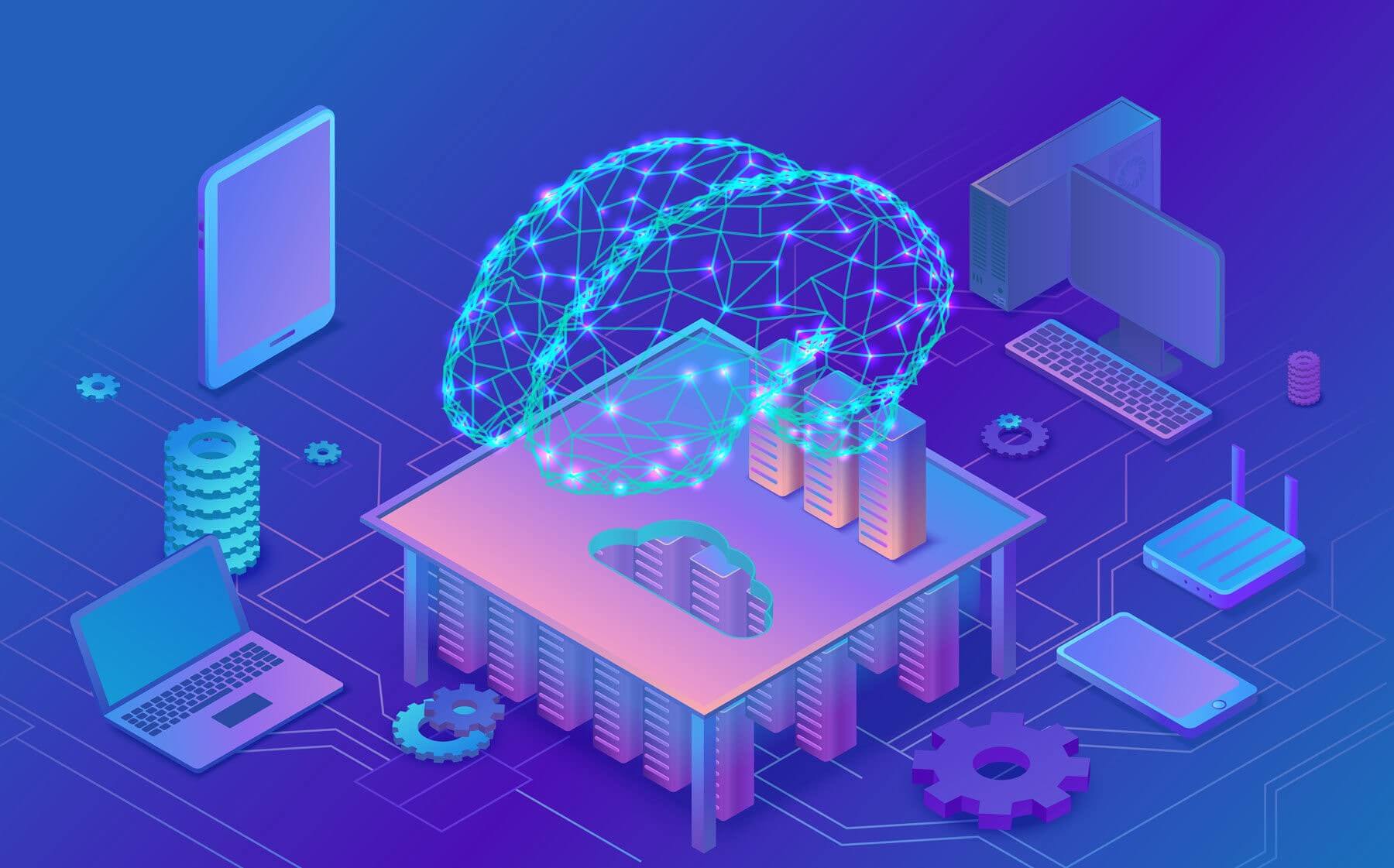 User experience will become the key brand differentiator in 2021, as it will overcome the product and the price.
User experience will become the key brand differentiator in 2021, as it will overcome the product and the price.
Companies that want to grow have to provide superb customer experience and wow their customers.
But, there are several factors that contribute to exceptional user experience and one of them is surely UX design.
Namely, consumers want every segment of their customer journey to be smooth and frictionless, and that includes a visually appealing, functional web site.
Luckily, artificial intelligence can help UX Agency designers create great websites and apps that users will love to use. Besides, this advanced technology can also speed up the development cycle and take over different repetitive and low-value tasks, thus allowing UX designers to focus on being creative.
1. Website Building Automation
This is a dream come true for small businesses and startups with shoestring marketing budgets.
With the help of AI-powered website building platforms, even those who aren’t professional developers and designers can create a decent website.
For example, a do-it-yourself website building platform Wix doesn’t require you to know anything about coding in order to whip up a website – a simple drag-and-drop functionality allows you to pick different elements and organize them as you want.
But, you’re not on your own as this AI-powered tool takes into consideration the purpose of your website in order to make sure that your final design is optimized according to the best UX practices. In other words, you can pick among different website types – e-commerce, business, portfolio, or blog. You’re also supposed to provide answers to a number of questions as that’s how this automation platform can personalize your new website.
If you already have a website, there are some handy tools that you can use to scan and audit it and get practical and actionable tips about how to improve its UX design and make it more user-friendly.
2. Conversational Artificial Intelligence
It’s impossible not to mention chatbots when talking about UX and AI.
These smart algorithms have been around for quite some time and helped companies stay on top of customer queries, issues, and support. Nowadays, almost every respectable website features a pop-up chatbot that invites visitors to get in touch and ask questions.
But, conversational AI is more than that. It based on natural language processing technology, which basically means that a conversational AI-powered chatbot learns new things on its own while interacting with customers. In a nutshell, conversational chatbots are much more flexible and engaging, and they don’t rely on pre-written sentences and phrases that sound robotic.
It’s evident that implementing such a sophisticated technology can boost your UX design. Your customers won’t have to wait for a human customer support agent to respond to their request as a superior chatbot will be able to engage them in meaningful conversations and help them solve their product-related issues.
AI-powered chatbots can also collect and process huge amounts of customer information, which means that they can offer personalized customer experience during future interactions with customers.
Finally, access to all kinds of different customer data and analytics allows such chatbots to act in a timely manner and prevent customers from churning. For example, they can offer a contract renewal at the right moment, and close a new deal.
3. Task Streamlining
UX designers struggle with a number of time-wasters and mundane tasks that still have to be completed.
For example, red-lining specs such as spacing, margin, and similar elements take ages to do. Still, without it, without it, developers couldn’t figure out and interpret what the intended output should be.
With the help of AI, UX designers can easily convert their documents into code and vice versa, thus allowing developers to understand what they should do. Neural networks even make it possible to translate your design mockups into HTML or CSS.
Moreover, tools like Sketch2Code additionally simplify the entire process by transforming whiteboard sketches into working code. All you have to do is upload an image of your design, and voila! An HTML markup code is generated successfully.
4. Improved Interaction
While voice assistants such as Alexa and Siri are already in the picture, and UX has to take them into consideration, there’s more to expect in the future.
For example, at the moment, you can ask your smart device to check what the weather will be like in 10 days when you plan to go on a trip. And you’ll get your answer quickly, without having to browse and search Google yourself.
The idea that the weather will be cold will allow you to plan what clothes to pack. However, you still can’t expect your voice assistant to tell you “Hey, the weather forecast has just changed and it seems that it will start snowing in two hours” out of the blue and without being asked.
This is the future of intelligent UX design – devices capable of learning your intentions and preferences and interacting with you without having to be preprogrammed. Just like conversational chatbots, they will be able to learn through conversations with you and thus tailored to your needs.
5. Dynamic UX Design
It’s predicted that by 2022, our smart devices will know more about how we feel than our friends and family.
In other words, thanks to Emotion AI, they will be able to read our emotions, although not capable of feeling or displaying them themselves.
This new field of research can actually learn from people and use that knowledge to influence them.
What does that mean?
By leveraging data analytics, machine learning algorithms, and facial recognition software, this technology can analyze and identify how a certain person feels – are they nervous, angry, sleepy, happy, or tired?
This can be used for various purposes.
For example, brands can analyze and establish how their website visitors respond to different elements of their websites, products, or content. And based on that non-verbal feedback establish what works and what doesn’t.
This is a similar technology to the so-called driver drowsiness detection system used to identify if the driver is drowsy or distracted and stop the car to prevent an accident.
The future of artificial intelligence in UX design is bright. This advanced technology will disrupt it just like any other industry. It makes sure that users get the best experience from their apps and devices.
